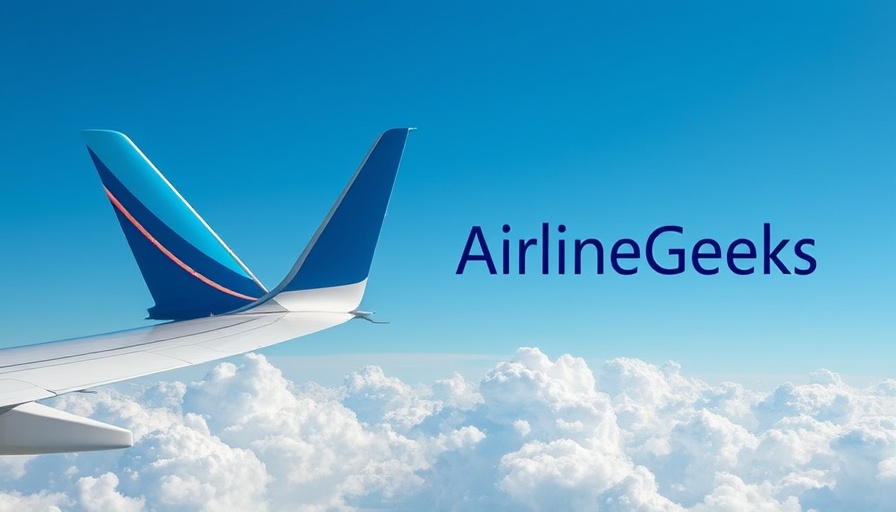
FAA Focuses on Advancements in Runway Lighting Systems
The Federal Aviation Administration (FAA) has recently announced its efforts to implement a new runway lighting system aimed at enhancing safety and efficiency for pilots. This initiative arises from the growing number of incidents where lighting failures and visibility issues have posed risks to flights during landing and takeoff, particularly in adverse weather conditions.
Boosting Safety with Modern Technology
Runway lighting plays a critical role in aviation safety, guiding pilots as they navigate during crucial phases of flight. The proposed system not only promises improved visibility but also incorporates advanced technologies that adapt to changing weather conditions, thereby reducing the potential for accidents. With this new system, the FAA hopes to provide a more reliable operational environment for all aircraft, from general aviation to commercial flights.
Implications for Learning to Fly
For aspiring pilots, such advancements are not just about operational efficiency; they hold significant implications for pilot training. As students learn to fly, the emphasis on understanding runway systems and lighting becomes essential. Enhanced lighting systems allow for more controlled training environments, which can increase the confidence of new pilots navigating night-time conditions or poor visibility scenarios. This is vital as they take their initial flights, creating a safer learning atmosphere.
Addressing Concerns on Cost and Implementation
While the proposed runway lighting system offers numerous benefits, concerns about cost and implementation remain. Airports across the nation will need to invest in the new infrastructure, which could present challenges, particularly for smaller, regional airports. However, the long-term safety enhancements and operational efficiencies could justify the initial investments. For example, airports may reduce costs associated with accidents and incidents caused by insufficient runway lighting.
Future Trends in Aviation Lighting
The FAA's move reflects a broader trend towards modernization in aviation infrastructure across the globe. As technology evolves, the integration of smart lighting systems in airports is expected to become commonplace. These systems can communicate with air traffic control and adjust in real-time to ensure optimal safety conditions. Furthermore, innovations in energy efficiency contribute to environmentally friendly operations, aligning with global sustainability goals within the aviation industry.
The Impact of Community Engagement
Involving local flying communities in discussions about airport improvements can significantly influence the successful adoption of new technologies. Pilots, flight schools, and local businesses connected to aviation should contribute their insights. This engagement fosters a sense of ownership among the stakeholders and encourages a collaborative approach towards safety innovations. Moreover, it emphasizes the importance of community-driven initiatives, where the voices of individuals learning to fly can shape the future of local aviation.
 Add Row
Add Row  Add
Add 




Write A Comment